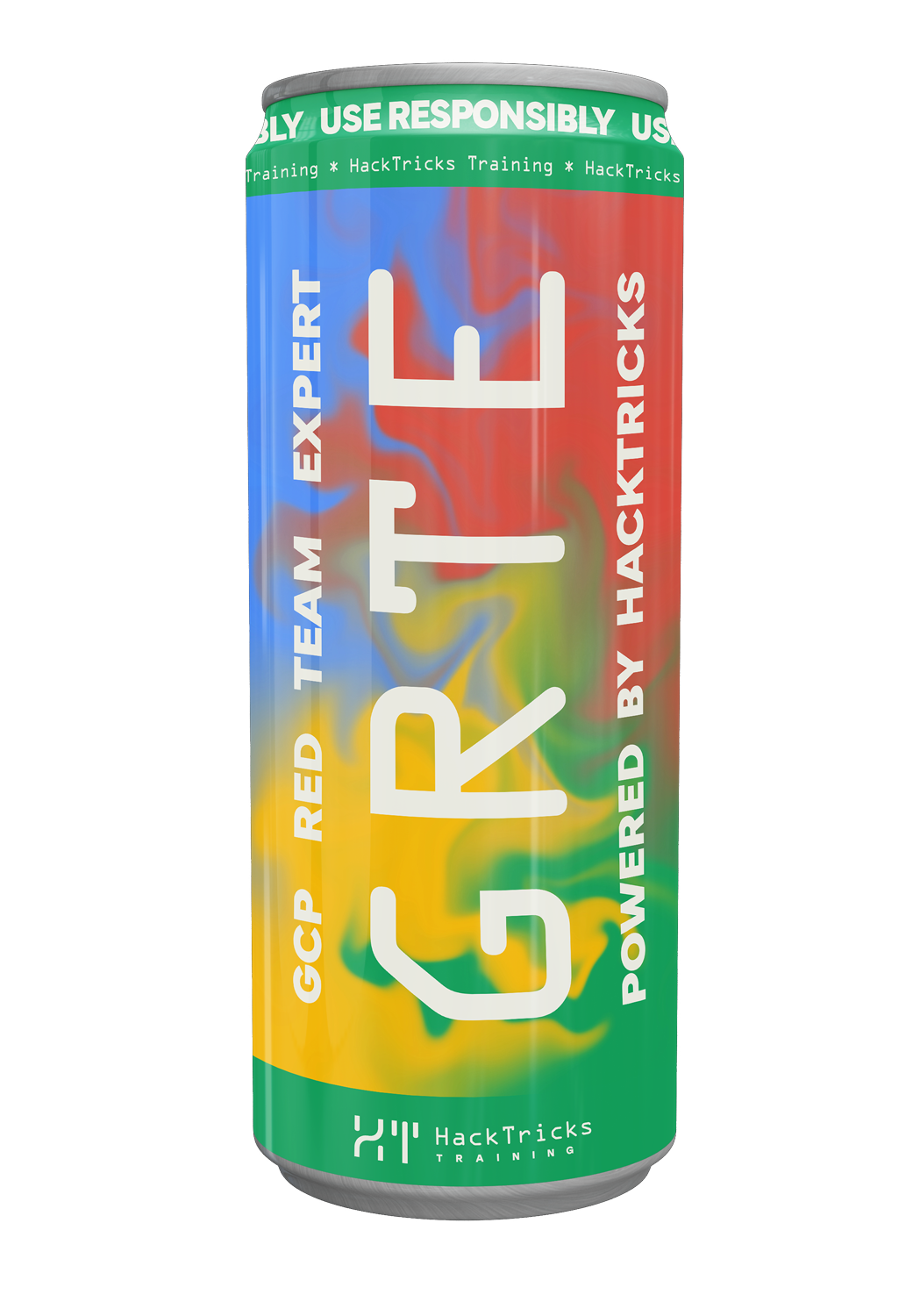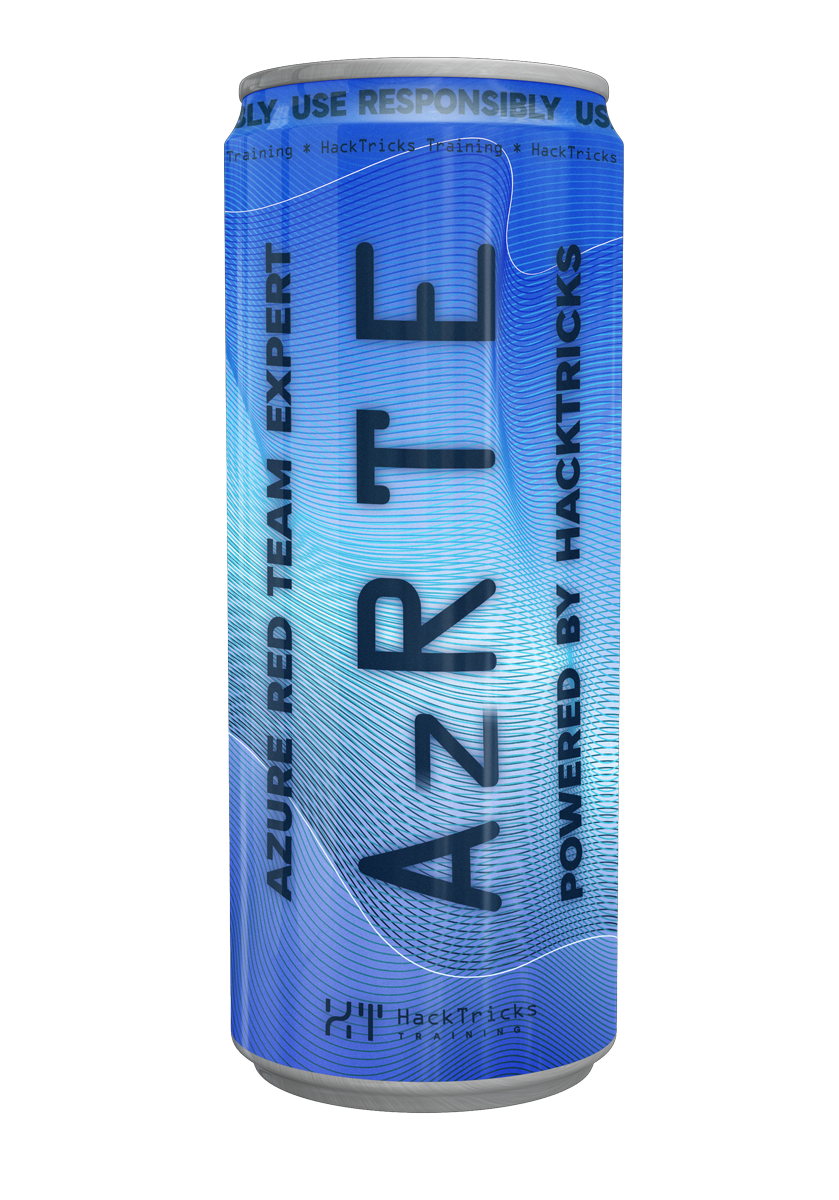Az - Unauthenticated Enum & Initial Entry
Reading time: 8 minutes
tip
Learn & practice AWS Hacking: HackTricks Training AWS Red Team Expert (ARTE)
HackTricks Training AWS Red Team Expert (ARTE)
Learn & practice GCP Hacking:  HackTricks Training GCP Red Team Expert (GRTE)
HackTricks Training GCP Red Team Expert (GRTE)
Learn & practice Az Hacking:  HackTricks Training Azure Red Team Expert (AzRTE)
HackTricks Training Azure Red Team Expert (AzRTE)
Support HackTricks
- Check the subscription plans!
- Join the 💬 Discord group or the telegram group or follow us on Twitter 🐦 @hacktricks_live.
- Share hacking tricks by submitting PRs to the HackTricks and HackTricks Cloud github repos.
Azure Tenant
Tenant Enumeration
There are some public Azure APIs that just knowing the domain of the tenant an attacker could query to gather more info about it.
You can query directly the API or use the PowerShell library AADInternals (Install-Module AADInternals):
- Login information including tenant ID
Get-AADIntTenantID -Domain <domain>(main APIlogin.microsoftonline.com/<domain>/.well-known/openid-configuration)
- All valid doimains in the tenant
Get-AADIntTenantDomains -Domain <domain>(main APIautodiscover-s.outlook.com/autodiscover/autodiscover.svc)
- Login information of the user. If
NameSpaceTypeisManaged, it means EntraID is usedGet-AADIntLoginInformation -UserName <UserName>(main APIlogin.microsoftonline.com/GetUserRealm.srf?login=<UserName>)
You can query all the information of an Azure tenant with just one command from AADInternals:
# Doesn't work in macos because 'Resolve-DnsName' doesn't exist
Invoke-AADIntReconAsOutsider -DomainName corp.onmicrosoft.com | Format-Table
## Output Example of the Azure tenant info:
Tenant brand: Company Ltd
Tenant name: company
Tenant id: 1937e3ab-38de-a735-a830-3075ea7e5b39
DesktopSSO enabled: True
Name DNS MX SPF Type STS
---- --- -- --- ---- ---
company.com True True True Federated sts.company.com
company.mail.onmicrosoft.com True True True Managed
company.onmicrosoft.com True True True Managed
int.company.com False False False Managed
It's possible to observe details about the tenant's name, ID, and "brand" name. Additionally, the status of the Desktop Single Sign-On (SSO), also known as Seamless SSO, is displayed. When enabled, this feature facilitates the determination of the presence (enumeration) of a specific user within the target organization.
Moreover, the output presents the names of all verified domains associated with the target tenant, along with their respective identity types. In the case of federated domains, the Fully Qualified Domain Name (FQDN) of the identity provider in use, typically an ADFS server, is also disclosed. The "MX" column specifies whether emails are routed to Exchange Online, while the "SPF" column denotes the listing of Exchange Online as an email sender. It is important to note that the current reconnaissance function does not parse the "include" statements within SPF records, which may result in false negatives.
User Enumeration
tip
Note that even if a tenant is using several emails for the same user, the username is unique. This means that it'll noly work with the domain the user has associated and not with the other domains.
It's possible to check if a username exists inside a tenant. This includes also guest users, whose username is in the format:
<email>#EXT#@<tenant name>.onmicrosoft.com
The email is user’s email address where at “@” is replaced with underscore “_“.
With AADInternals, you can easily check if the user exists or not:
# Check does the user exist
Invoke-AADIntUserEnumerationAsOutsider -UserName "user@company.com"
Output:
UserName Exists
-------- ------
user@company.com True
You can also use a text file containing one email address per row:
user@company.com
user2@company.com
admin@company.com
admin2@company.com
external.user_gmail.com#EXT#@company.onmicrosoft.com
external.user_outlook.com#EXT#@company.onmicrosoft.com
# Invoke user enumeration
Get-Content .\users.txt | Invoke-AADIntUserEnumerationAsOutsider -Method Normal
Currenlty there are 4 different enumeration methods to choose from. You can find information in Get-Help Invoke-AADIntUserEnumerationAsOutsider:
It supports following enumeration methods: Normal, Login, Autologon, and RST2.
-
The Normal method seems currently work with all tenants. Previously it required Desktop SSO (aka Seamless SSO) to be enabled for at least one domain.
-
The Login method works with any tenant, but enumeration queries will be logged to Azure AD sign-in log as failed login events!
-
The Autologon method doesn't seem to work with all tenants anymore. Probably requires that DesktopSSO or directory sync is enabled.
After discovering the valid usernames you can get info about a user with:
Get-AADIntLoginInformation -UserName root@corp.onmicrosoft.com
The script o365spray also allows you to discover if an email is valid.
git clone https://github.com/0xZDH/o365spray
cd o365spray
python3 -m pip install -r requirements.txt
# Check 1 email
python3 ./o365spray.py --enum -d carloshacktricks.onmicrosoft.com -u carlos
# Check a list of emails
python3 ./o365spray.py --enum -d carloshacktricks.onmicrosoft.com -U /tmp/users.txt
User Enumeration via Microsoft Teams
Another good source of information is Microsoft Teams.
The API of Microsoft Teams allows to search for users. In particular the "user search" endpoints externalsearchv3 and searchUsers could be used to request general information about Teams-enrolled user accounts.
Depending on the API response it is possible to distinguish between non-existing users and existing users that have a valid Teams subscription.
The script TeamsEnum could be used to validate a given set of usernames against the Teams API but you need access to a user with Teams access to use it.
# Install
git clone https://github.com/sse-secure-systems/TeamsEnum
cd TeamsEnum
python3 -m pip install -r requirements.txt
# Login and ask for password
python3 ./TeamsEnum.py -a password -u <username> -f inputlist.txt -o teamsenum-output.json
Output:
[-] user1@domain - Target user not found. Either the user does not exist, is not Teams-enrolled or is configured to not appear in search results (personal accounts only)
[+] user2@domain - User2 | Company (Away, Mobile)
[+] user3@domain - User3 | Company (Available, Desktop)
Furthermore it is possible to enumerate availability information about existing users like the following:
- Available
- Away
- DoNotDisturb
- Busy
- Offline
If an out-of-office message is configured, it's also possible to retrieve the message using TeamsEnum. If an output file was specified, the out-of-office messages are automatically stored within the JSON file:
jq . teamsenum-output.json
Output:
{
"email": "user2@domain",
"exists": true,
"info": [
{
"tenantId": "[REDACTED]",
"isShortProfile": false,
"accountEnabled": true,
"featureSettings": {
"coExistenceMode": "TeamsOnly"
},
"userPrincipalName": "user2@domain",
"givenName": "user2@domain",
"surname": "",
"email": "user2@domain",
"tenantName": "Company",
"displayName": "User2",
"type": "Federated",
"mri": "8:orgid:[REDACTED]",
"objectId": "[REDACTED]"
}
],
"presence": [
{
"mri": "8:orgid:[REDACTED]",
"presence": {
"sourceNetwork": "Federated",
"calendarData": {
"outOfOfficeNote": {
"message": "Dear sender. I am out of the office until March 23rd with limited access to my email. I will respond after my return.Kind regards, User2",
"publishTime": "2023-03-15T21:44:42.0649385Z",
"expiry": "2023-04-05T14:00:00Z"
},
"isOutOfOffice": true
},
"capabilities": ["Audio", "Video"],
"availability": "Away",
"activity": "Away",
"deviceType": "Mobile"
},
"etagMatch": false,
"etag": "[REDACTED]",
"status": 20000
}
]
}
Password Spraying / Brute-Force
Azure Services using domains
It's also possible to try to find Azure services exposed in common azure subdomains like the ones documented in this post:
- App Services:
azurewebsites.net - App Services – Management:
scm.azurewebsites.net - App Services:
p.azurewebsites.net - App Services:
cloudapp.net - Storage Accounts-Files:
file.core.windows.net - Storage Accounts-Blobs:
blob.core.windows.net - Storage Accounts-Queues:
queue.core.windows.net - Storage Accounts-Tables:
table.core.windows.net - Databases-Redis:
redis.cache.windows.net - Databases-Cosmos DB:
documents.azure.com - Databases-MSSQL:
database.windows.net - Key Vaults:
vault.azure.net - Microsoft Hosted Domain:
onmicrosoft.com - Email:
mail.protection.outlook.com - SharePoint:
sharepoint.com - CDN:
azureedge.net - Search Appliance:
search.windows.net - API Services:
azure-api.net
You can use a method from MicroBust for such goal. This function will search the base domain name (and a few permutations) in several azure domains:
Import-Module .\MicroBurst\MicroBurst.psm1 -Verbose
Invoke-EnumerateAzureSubDomains -Base corp -Verbose
Phishing
- Common Phishing for credentials or via OAuth Apps
- Device Code Authentication Phishing
Filesystem Credentials
The az cli stores a lot of interesting information inside <HOME>/.Azure:
azureProfile.jsoncontains info about logged in users from the pastclouds.configcontains info about subscriptionsservice_principal_entries.jsoncontains applications credentials (tenant id, clients and secret)msal_token_cache.jsoncontains access tokens and refresh tokens
Note that in macOS and linux these files are unprotected stored in clear text.
References
- https://aadinternals.com/post/just-looking/
- https://www.securesystems.de/blog/a-fresh-look-at-user-enumeration-in-microsoft-teams/
- https://www.netspi.com/blog/technical-blog/cloud-penetration-testing/enumerating-azure-services/
tip
Learn & practice AWS Hacking: HackTricks Training AWS Red Team Expert (ARTE)
HackTricks Training AWS Red Team Expert (ARTE)
Learn & practice GCP Hacking:  HackTricks Training GCP Red Team Expert (GRTE)
HackTricks Training GCP Red Team Expert (GRTE)
Learn & practice Az Hacking:  HackTricks Training Azure Red Team Expert (AzRTE)
HackTricks Training Azure Red Team Expert (AzRTE)
Support HackTricks
- Check the subscription plans!
- Join the 💬 Discord group or the telegram group or follow us on Twitter 🐦 @hacktricks_live.
- Share hacking tricks by submitting PRs to the HackTricks and HackTricks Cloud github repos.
 HackTricks Cloud
HackTricks Cloud